Public debt safety indicators are strictly controlled
 |
| Illustrative photo: Source: Internet |
Keeping public debt safety indicators under control
The Government's report on the public debt in 2022 and 2023 shows that the debt target by the end of 2022 is expected to be within the ceiling limit and safety warning threshold approved by the National Assembly.
The Government's total mobilised capital in 2022 reached about 619,492 billion. The mobilised capital is aimed at meeting the needs of the State budget. Therefore, if the State revenue reaches positive results, the disbursement of public investment capital from the central budget is slow, the mobilised capital will be revised, leading to a decrease in public debt safety indicators.
From the early year to the current date, the Government's capital is mainly mobilised from domestic loans of VND569,976 (accounting for 92%), issuance of Government bonds, withdrawal of official development assistance (ODA) and preferential loans of VND 49,515 billion, including the central budget of 30,070 billion and the on-lending of about VND19,446 billion.
Regarding foreign capital mobilisation, in the first nine months of 2022, the Government negotiated and signed two agreements on ODA loans and foreign concessional loans worth about US$184.6 million. By the end of 2022, the Government expects to negotiate and sign six agreements on ODA and preferential loans with a total value of about US$188 million.
The total debt repayment of the Government in 2022 is estimated at VND324,583 billion, including VND294,300 billion of direct debt repayment, accounting for 98% of the estimate, and VND30.283 of on-lending. The total debt repayment of domestic loans accounts for over 82% of the total debt repayment of the central budget.
The Government's direct debt repayment target in 2022 is about 18-19% compared with the State revenue, within the 25% of the ceiling limit approved by the National Assembly. The Government-guaranteed borrowing and debt repayment are within the approved limit.
According to the Government's report, the public debt safety indicators will be strictly controlled within the limit approved by the National Assembly, ensuring national financial security and, strengthening the sustainability of fiscal policy, creating capital reserves to respond to macro risks.
The government debt structure will be maintained under the 5-year public debt repayment and borrowing plan for the 2021-2025 period and the orientation of the Public Debt Strategy to 2030.
The domestic debt increased, accounting for 70% of the Government's debt. However, the external debt is still mainly from ODA loans, long-term preferential loans, contributing to reducing exchange rate risks and ensuring national financial security. In addition, government-guaranteed debt plunged from 8.8% of GDP in 2015 to about 3.2% in 2022.
Mobilising capital with low cost and reasonable risk
In 2022, the management and use of public debt is performed more effectively. The public debt strategy to 2030, approved by the Prime Minister, is an important basis for reforming public debt management sustainably and effectively. A series of capital mobilisation measures have been implemented with a low cost associated with a reasonable level of risk; the structure and volume of loans are adjusted following the demand for capital use and market conditions.
In addition, the domestic government bond market is to be promoted by diversifying products and expanding the long-term investor base. Focusing on building a system of public debt management tools, strengthening inspection and supervision of the on-lending, not granting government guarantees for new loans, promoting and supporting disbursement, and ensuring timely repayment.
According to the report, the Government requests to strictly implement thrift and anti-waste in using loans and public debt. As a result, the capital mobilisation to meet the public expenditure target has achieved positive results, followed with the actual needs, and minimised risks. As a result, the domestic government bond mobilisation, terms and interest rates have been more favourable than in the previous period.
Low-cost resources are used flexibly, the investor base is diversified to reduce dependence on commercial banks. However, the projects on mobilising capital from ODA and foreign preferential loans must be carefully controlled and completed investment procedures for signing to protect national interests.
In 2022, Vietnam effectively implemented the national credit rating, which is shown by organisations' improvement of Vietnam's national credit rating.
On May 26, S&P Global organisation raised the country's credit rating from BB to BB+ with a stable outlook. On September 6, Moody's increased the rating from Ba3 to Ba2, with a stable outlook.
The effective and sustainable control of public debt while operating a flexible fiscal policy to support economic recovery and development is appreciated by rating agencies, which is one of the key factors for a rating upgrade.
Vietnam's credit rating upgrade in the context of global fluctuations and challenges has a very positive meaning, contributing to improving the country's reputation and creating spillover effects for the economy, reducing the Government's borrowing costs, businesses and credit institutions, attracting more capital sources from potential investors, contributing to socio-economic development.
Related News

Expansionary fiscal policy halts decline, boosts aggregate demand
19:27 | 14/12/2024 Finance

National Assembly’s Law Committee works with Ho Chi Minh City Customs Department
10:15 | 09/12/2024 Customs

Expansionary fiscal policy prevents recession, boosts aggregate demand
15:28 | 07/12/2024 Headlines

National Assembly approves appointment of new Minister of Finance Nguyen Van Thang
11:02 | 29/11/2024 Headlines
Latest News
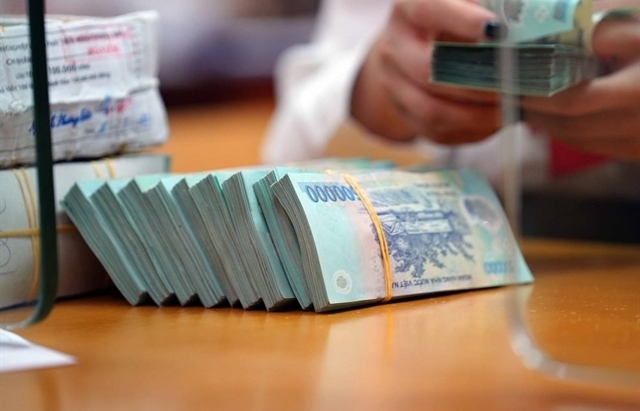
Personal income tax proposed for interest on some bank savings accounts
10:31 | 20/02/2025 Finance

Banks set for aggressive bond issuance in 2025 to fuel growth
16:20 | 19/02/2025 Finance

Central bank cuts interest rate on bills for first time in 2025
15:30 | 18/02/2025 Finance
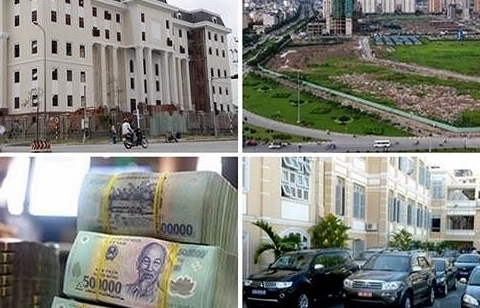
Focusing on inspecting inventory of public assets at units with large and complex assets
16:31 | 15/02/2025 Finance
More News
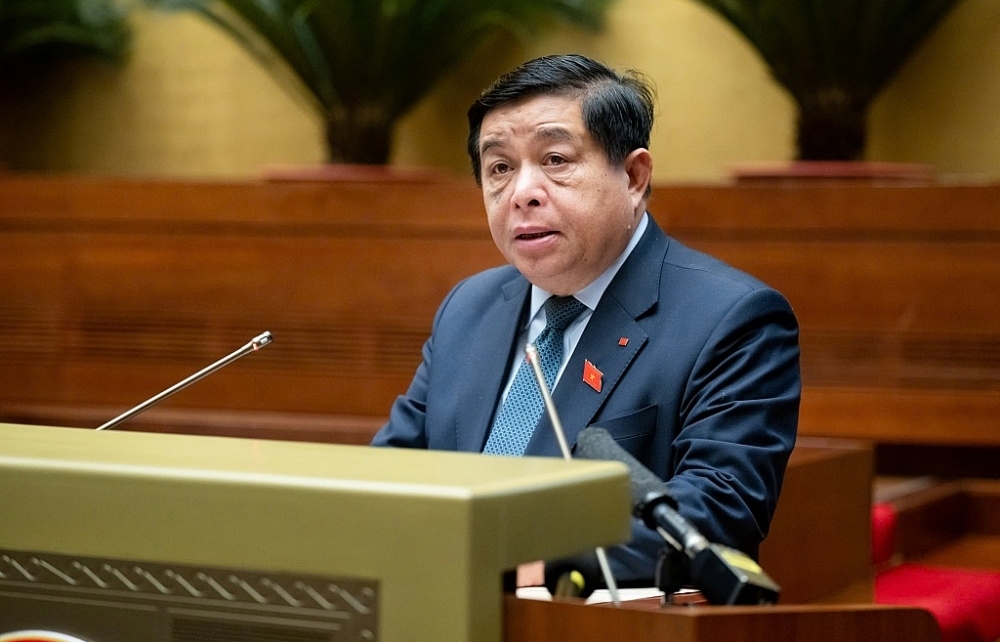
The government seeks approval for revised GDP, CPI targets
16:28 | 15/02/2025 Finance

Fiscal, monetary policies support demand stimulation, price stabilisation
14:49 | 14/02/2025 Finance

Vietnam secures VND 157 billion from state enterprise divestment in 2024
09:16 | 14/02/2025 Finance

Vietnam gears up for potential inflation impact in 2025
14:26 | 11/02/2025 Finance
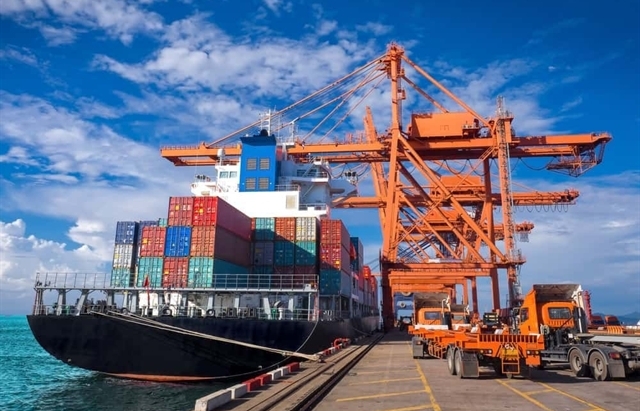
VN’s credit conditions in 2025 expected to be stable
14:24 | 11/02/2025 Finance
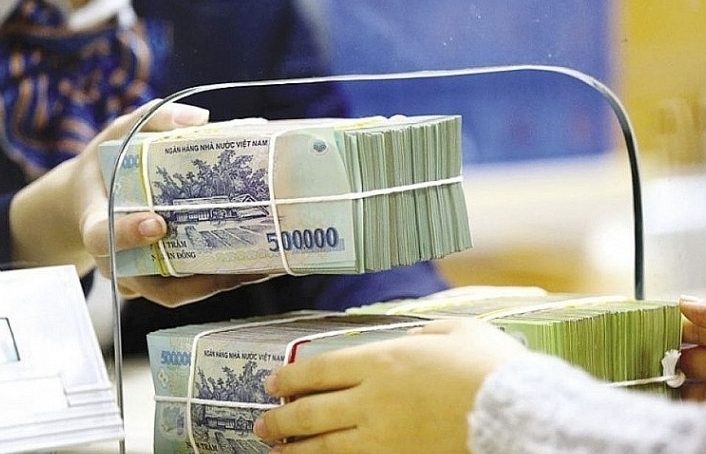
State revenue in first month of the year equal to 14% of the estimate
10:12 | 11/02/2025 Finance

Securities 2025 expects a breakthrough in scale and quality
14:37 | 10/02/2025 Finance
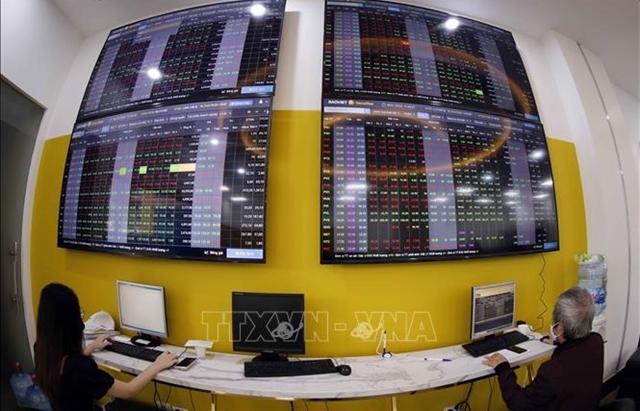
Cash reserves in stock accounts at six-quarter low amid margin rise
08:23 | 10/02/2025 Finance

Five solutions for developing stock market in 2025
10:01 | 07/02/2025 Finance
Your care
The system has not recorded your reading habits.
Please Login/Register so that the system can provide articles according to your reading needs.

Personal income tax proposed for interest on some bank savings accounts
10:31 | 20/02/2025 Finance
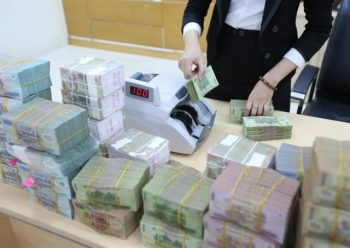
Banks set for aggressive bond issuance in 2025 to fuel growth
16:20 | 19/02/2025 Finance

Central bank cuts interest rate on bills for first time in 2025
15:30 | 18/02/2025 Finance

Focusing on inspecting inventory of public assets at units with large and complex assets
16:31 | 15/02/2025 Finance

The government seeks approval for revised GDP, CPI targets
16:28 | 15/02/2025 Finance
